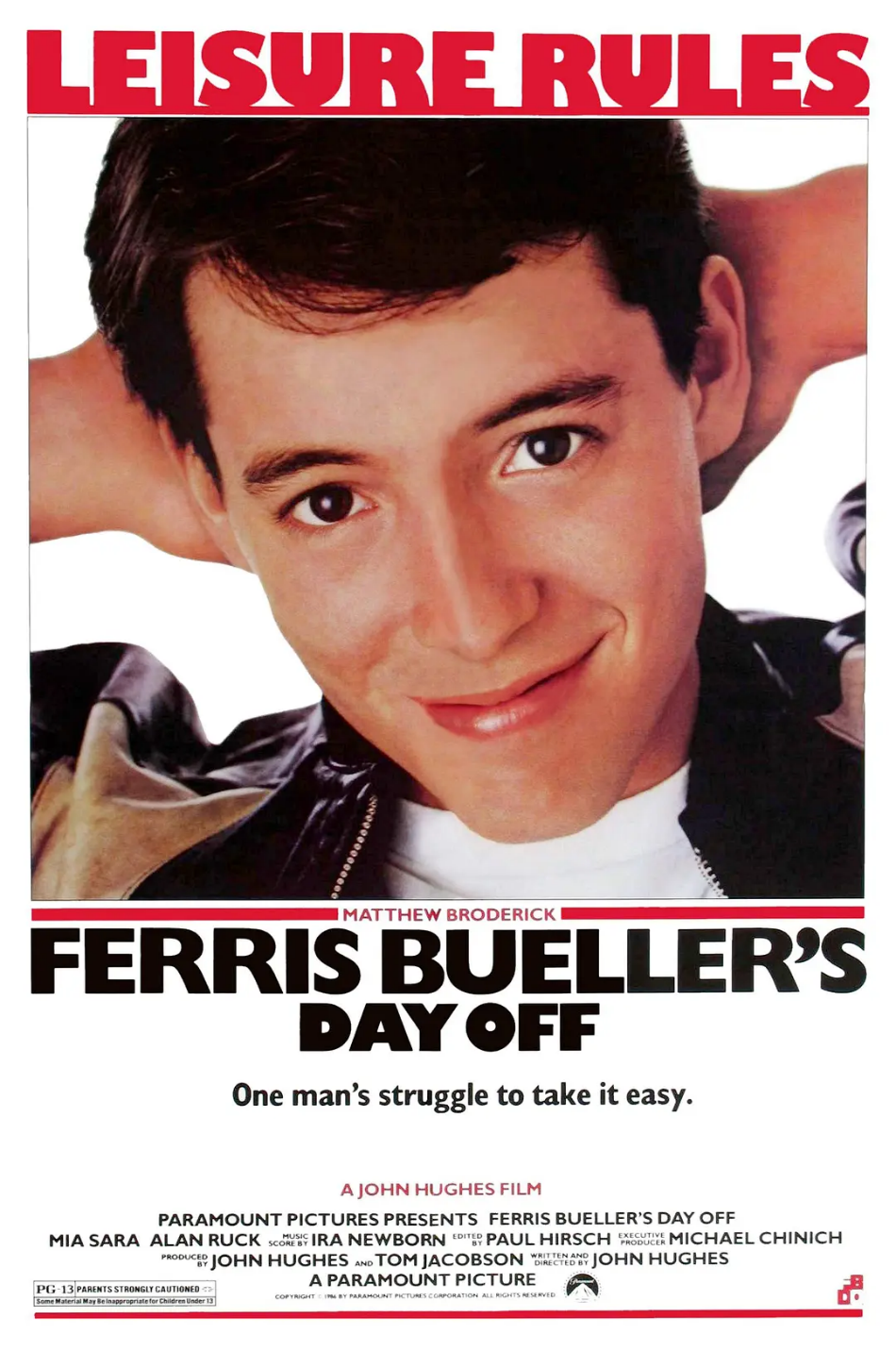When the word “youth” is mentioned, we will definitely connect it with an emotion, that is, “confusion”. Indeed, in Salinger, Holden’s desire to be a “Catcher in the Rye” was mercilessly unfulfilled, and he eventually fell off a cliff. Of course, youth will eventually dissipate, “never grow up” Holton will one day become less cynical, but these worries, fears, hopes, good feelings, pain and love, they will remain in the endless wheat field, watching over our lost youth.
In Apatow, Kevin Smith, Ben Stiller and Wes Anderson, the masters of the youth genre, confusion and pain become the spice of a certain exaggerated comedy element, which allows the audience to recover the lost passion and realize It allows the audience to regain their lost passions and realize their desire to be wild in a world without rules, but it also shows them the impossibility of escaping reality. These rules of the youth genre, which modern audiences have long been accustomed to, actually all originated from one person, who is John Hughes.
Kevin Smith once compared Hughes to “the Salinger of our generation,” an apt metaphor because in the 1980s, Hughes’ creative prime, he still remembered the rebellious spirit of the 1970s. The new era of youth movies is divided into two extremes: increasingly brutal realism and increasingly vulgar dirty jokes. Perhaps smoking, drinking, fighting, such a reckless and arrogant youth will never appear in Hughes’ films, and the youth in Hughes’ films will not flaunt the surging hormones, but hide all the surging and misbehavior, it is comedy but not only comedy. Hughes chose to retire at the height of his career, really like Salinger, “When I ran out of gas, I knew it was time to leave, I would turn into a wisp of smoke. Hughes’ films and his person are always sincere, and it is in this way that he can keenly capture the heart of a sensitive teenager in the film, thus allowing the countless viewers under the screen to empathize with him. After creating the box office myth, Hughes left people’s back is so dashing, he is another Walt Disney.
Hughes’ low profile also matches his movie temperament. He will not let his character to challenge the moral bottom line of this society, will not open his mouth in the film is the four-letter word, blood and drugs wrapped in youth is not Hughes’s youth. In Hughes, “love” is the most important. Although he has long since retired, the viewers who watched his films, when they were on their way to adulthood, looked back and found that he had never left, and that he was still watching over the youth of that generation. In the 21st century, Hughes’ films are still pioneering, with otaku culture, anti-pop, sloppy clothes, flashing ideas, delightful pranks, stupid and incompetent parents, and of course, the number one enemy of youth: the school teacher. What Hughes created became the golden rule of the youth genre for the next decade or so, but we can’t find any of the heart palpitations and shivers of youth in poor imitations like Stephen Chow’s “The Escapist”. Is the new age audience no longer willing to take the time to listen carefully to the sincere conversation between five rebellious teenagers? Does it no longer resonate with Karen, who ponders over Seurat’s Sunday Afternoon on the Big Bowl? When more vulgar youth genre films finally get on the sex comedy train, it also leads to the road of no return that will eventually bury itself.
Hughes’ sincerity lies in his willingness to listen to teenagers, to give them full respect in the film, and even to speak from their standpoint. Hughes’ way of evoking memories of his youth is not the clumsy insertion of “the idols we chased together all those years ago”, nor is it trying to recreate certain details of the times. Hughes’ film is legendary, but gentle, and it moves the audience not by appearance, but by fantasy. Who doesn’t want to have a friend to talk to in adolescence? Who doesn’t dream of becoming a truant genius who beats teachers and parents? The audience’s fantasy of youth is realized in Hughes’s film.
Youth is short-lived, and several of Hughes’ masterpieces take place in a single day. In “The Breakfast Club”, five rebellious teenagers become close friends during a day of school detention. Spring is not a day for reading” is also a record of a crazy, fun day of skipping school. Hughes’ greatness lies in the fact that he only presents you with the shape of youth, but he never defines it for you, because for everyone, youth means something different. For some people, high school is a successful and happy life, but for others it is the exact opposite. Audiences can always find themselves in Hughes’ films because the main characters in Hughes’ films never have a fixed, uniform personality. Some of them are smart and funny, some are uncommunicative and depressed, some are sensitive and neurotic, and some are big-headed nerds, but one thing is common: they all face the troubles of youth and the choices that come with it, and they are all looking for proof of their identity. While others see youth as madness, with young faces and never-ending energy, Hughes sees it all as “pretty,” with the sleek Ferrari as a symbol of indifferent affection and the clever, ingenious little mechanisms that turn out to be just a little secret to keep. Hughes’ films belong to teenagers, he says everything they want to say, and the deviant always becomes a way to discover oneself. In “Spring Is Not a Reading Day,” Karen ends up destroying his father’s beloved Ferrari, ready to say goodbye to his past cowardly self. “School is a place where the spirit is lost,” said George Bernard Shaw, and Hughes must have felt the same way. Spring is so beautiful, wouldn’t it be a waste to stay in the classroom? Youth is also the same, is it not a waste to follow the rules? Phyllis, the truant master, appears again after the end credits of “Spring is not a reading day”, “The movie is long over, why don’t you guys leave?” Is Hughes trying to say, “Youth has long since passed, you people are still holding on to the fantasy of what?” Anyway, Phyllis became our hero, cheating on the head teacher, driving around with his girlfriend, eating luxury lunch, visiting museums, participating in the grand parade, this is the youth, so wonderful, full of joy.
I always wondered about the sad young people in Hughes’ movies, what were they really worried about? When Karen stood in front of the famous painting “Sunday Afternoon on Big Bowl Island” in the Chicago Art Museum collection, we found that most of the people in the painting were facing the audience sideways, only the inconspicuous little girl in white in the middle of the painting faced the audience head-on, she was so small, but became the most attractive part of the painting. We do not have to worry too much about our own smallness, in fact, we ourselves are the center of our own lives. Like Holden, we are all on guard at the edge of the cliff, catching the children who are running wildly towards it, isn’t that what youth is all about? “I just want to be a watchman in a wheat field.”

